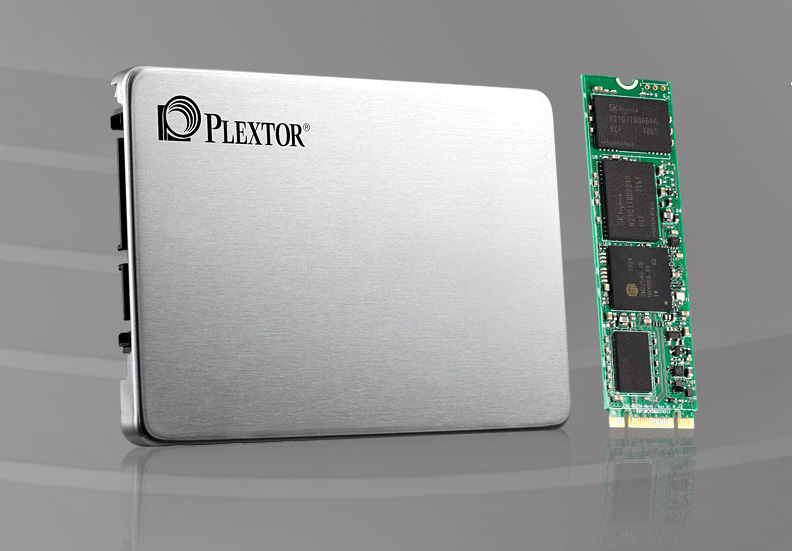Plextor goes after SATA SSD market with new S3 series
Available in 2.5-inch and M.2 form factors.

Plextor became the go-to brand for high-quality optical drives back in the 1990s. Rather than whither away once the market largely shifted away from CD and DVD (and eventually Blu-ray) burners, Plextor jumped on the SSD bandwagon, though it's not solely focused on the premium sector. While Plextor offers some higher end SSDs, the company's new S3 series targets the other end of the spectrum with affordable prices.
The S3 series comes in both 2.5-inch (S3C) and M.2 (S3G) form factors. Specs and capacities vary between the top options, with the S3C series shipping 128GB, 256GB, and 512GB capacities, while the S3G comes in just 128GB and 256GB.
All of the drives use SK Hynix 14nm TLC NAND flash memory paired with a Silicon Motion SMI2254 controller. Each drive is rated to deliver up to 550MB/s of sequential read performance, with sequential writes checking in at 500MB/s (128GB), 510MB/s (256GB), and 520MB/s (512GB).
4K random read and write performance also varies by model. The 128GB drives hit up to 72,000 IOPS (read) and 57,000 IOPS (write); the 256GB is rated at up to 90,000 IOPS (read) and 71,000 IOPS (write); and the 512GB model can reach up to 92,000 IOPS (read) and 72,000 IOPS (write).
Finally, Plextor rates the endurance of these drives at 35TB TBW for the 128GB models and 70TB TBW for the 256GB and 512GB models.
Plextor does not listing pricing on its product pages, though according to TechPowerUp, the drives are available now in the EU for €62 (128GB), €106 (256GB), and €213 (512GB). There is no word yet on when these drives will be available in the US or for how much. If following straight conversion, the 128GB model would be priced around $69, the 256GB model around $119, and the 512GB around $239.
Based on current information, the new S3C and S3G drives are in an odd sport. They have somewhat limited capacities for today's market, use the aging SATA interface, and come with prices that are right up there with Samsung's 850 Pro line. SSD prices have all been on the rise due to continued NAND shortages, but we still haven't seen anyone topple Samsung for SATA SSD performance, so normally the SATA interface means we're looking at budget alternatives. That's not the case here, but we'll have to wait for US street prices and real-world performance metrics before we come to any conclusions.
Keep up to date with the most important stories and the best deals, as picked by the PC Gamer team.
Paul has been playing PC games and raking his knuckles on computer hardware since the Commodore 64. He does not have any tattoos, but thinks it would be cool to get one that reads LOAD"*",8,1. In his off time, he rides motorcycles and wrestles alligators (only one of those is true).


